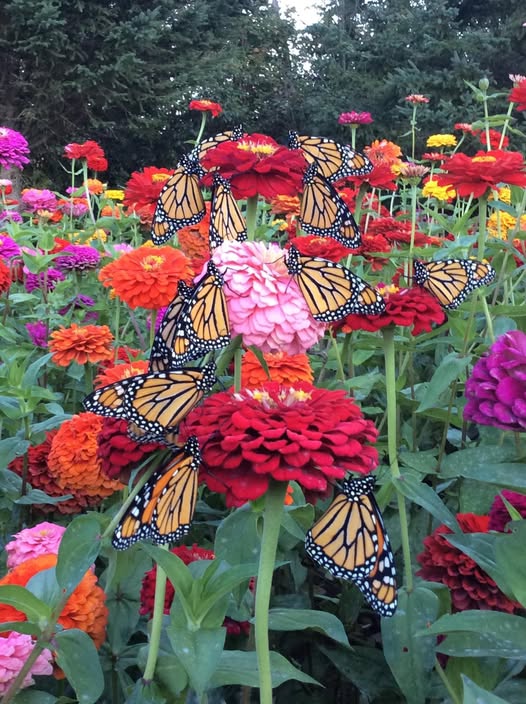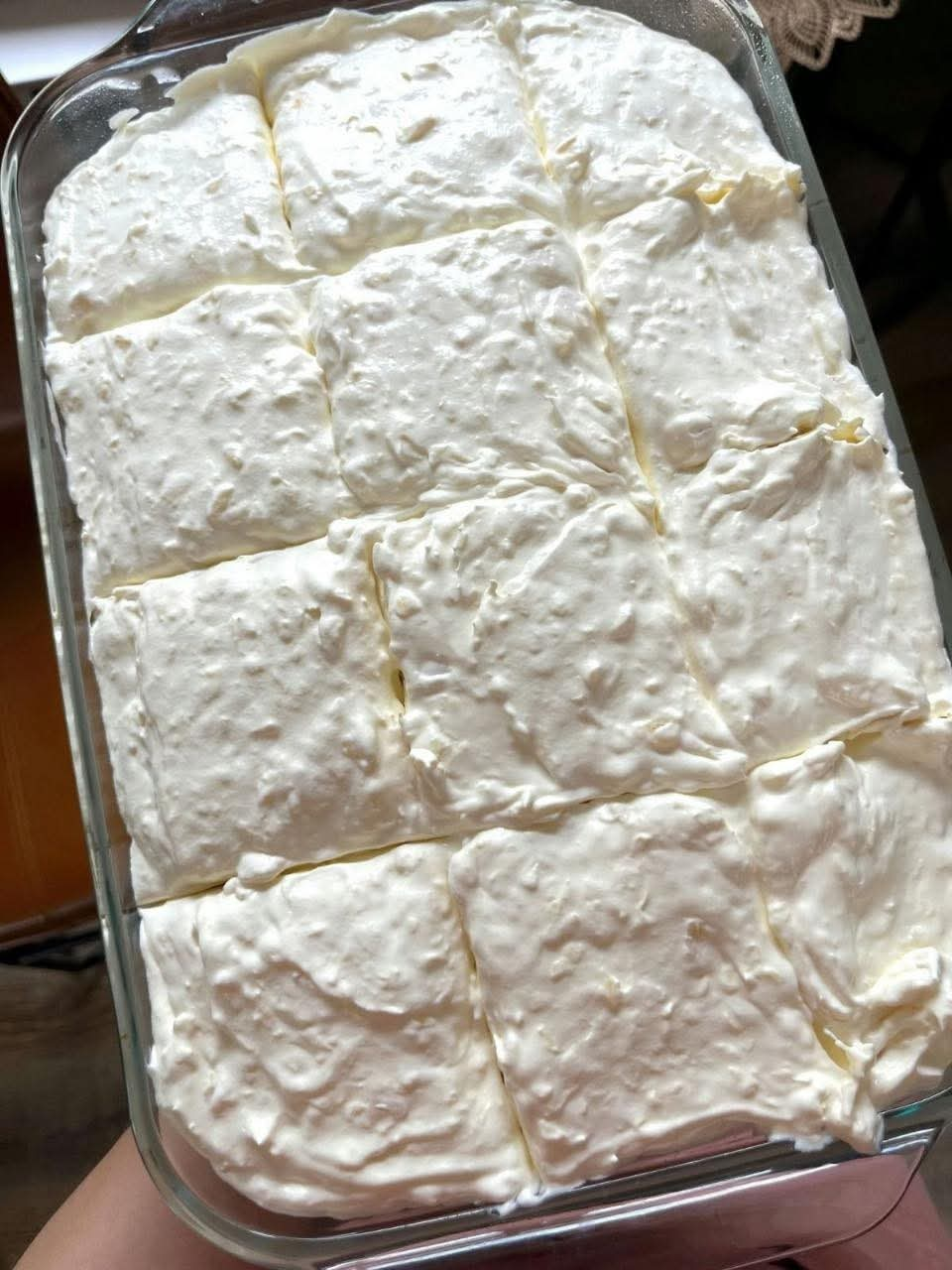Monarch butterflies are one of the most iconic species in the world, known for their striking orange and black wings, long migrations, and vital role in our ecosystem as pollinators. For butterfly enthusiasts, one of the best ways to support these beautiful creatures is by creating a butterfly-friendly garden. If you’re looking to make a real impact and attract Monarch butterflies, zinnias are one of the best flowers to plant. In this article, we’ll explore how planting thousands of zinnias can create the perfect environment for Monarch butterflies and how this hobby can have a lasting, positive impact on their population.
Why Zinnias and Monarch Butterflies Are a Perfect Match
Zinnia flowers are an easy-to-grow, bright, and colorful addition to any garden, and they have a special attraction to Monarch butterflies. These vibrant flowers, which come in shades of red, pink, purple, yellow, and white, provide a rich nectar source that Monarchs can’t resist. Monarchs rely on nectar from flowering plants to fuel their long migration journey, making it essential to have flowers like zinnias in gardens that cater to them.
In addition to nectar, zinnias also play a vital role in providing Monarchs with a place to rest and feed as they navigate the environment. By planting 4,000 to 6,000 zinnia seeds every year, you’re not only contributing to your own enjoyment but to the preservation of Monarch butterflies. When a garden becomes a sanctuary for Monarchs, it contributes directly to their survival, as the butterflies feed on the flowers while simultaneously helping to pollinate other plants.
The Importance of Monarch Butterfly Conservation
The Monarch butterfly population has been on the decline in recent decades, mainly due to habitat loss, climate change, pesticide use, and the destruction of milkweed, the only plant Monarch larvae feed on. Monarchs rely on milkweed for breeding and laying their eggs, and without it, their numbers drop dramatically. However, when gardeners like you choose to plant flowers like zinnias, you’re also creating a space for Monarchs to thrive.
In addition to planting zinnias, raising and breeding Monarch butterflies is an incredibly rewarding experience. Not only does it help sustain the population, but it also creates an intimate connection with nature. Breeding Monarchs involves taking eggs or caterpillars from the wild and caring for them until they transform into beautiful butterflies, ready to be released back into the world.
Creating a Monarch-Friendly Garden
While planting thousands of zinnia seeds is an excellent start, there are several additional steps you can take to make your garden a welcoming haven for Monarch butterflies.
1. Plant Milkweed
As previously mentioned, milkweed is crucial for the Monarch’s life cycle. It’s the plant where Monarchs lay their eggs, and its leaves are the sole food source for Monarch larvae. To make your garden even more appealing to Monarchs, include a variety of milkweed species. These plants are hardy and come in various forms, including butterfly weed, swamp milkweed, and common milkweed. Planting a mix of milkweed alongside your zinnias will ensure that Monarchs can both lay eggs and nourish themselves in your garden.
2. Offer Shelter and Water
Monarchs, like all butterflies, need a safe place to rest. Adding tall plants, shrubs, or even a small tree to your garden will provide them with shade and protection from the wind. A small shallow dish of water with pebbles is also beneficial, as butterflies can drink from it without drowning. Keep the water fresh and change it regularly to avoid stagnant conditions.
3. Create a Habitat-Friendly Environment
Monarchs thrive in open, sunny spaces with plenty of flowers. When planning your garden, ensure that the area receives at least 6 hours of direct sunlight daily, which is essential for the health of both the butterflies and the flowers. Zinnias are known for their ability to tolerate heat, so they thrive in sunny spots where other plants might struggle.
Additionally, try to reduce pesticide use in your garden. While pesticides can protect plants from pests, they are harmful to butterflies and other beneficial insects. By opting for organic or natural pest control methods, you’re ensuring the safety of not only Monarch butterflies but other pollinators as well.
4. Releasing Monarch Butterflies
As a breeder and caretaker of Monarch butterflies, one of the most magical moments is watching them take flight after being released. These butterflies are placed gently on the zinnias in the evening, when the temperature drops and the butterflies are settled. By the morning, as the sun warms the flowers, the butterflies begin to fly and feed, ready to explore their environment.
Your careful attention to timing—placing the butterflies on the flowers in the evening so they can fly in the warmth of the morning—ensures that they have the energy they need to take off and begin their journey. This process not only provides a beautiful experience for you but also ensures that the butterflies are healthy and ready to thrive in the wild.
5. Maintain Your Butterfly Habitat Year After Year
A butterfly garden is a long-term commitment, but the rewards are well worth the effort. By continuing to plant zinnias, milkweed, and other nectar-rich flowers, you’re creating a sustainable environment for Monarch butterflies year after year. As the seasons change, continue to care for your plants, ensuring that they receive enough water and nutrients to support not only the Monarchs but the entire ecosystem.
A Truly Rewarding Experience
Creating a Monarch butterfly sanctuary with zinnias is more than just planting flowers—it’s about giving back to nature and contributing to the preservation of one of the most remarkable species on Earth. Whether you’re a seasoned butterfly breeder or just beginning to explore the world of pollinator gardens, the experience of watching Monarchs flourish in your garden is incredibly rewarding. Each butterfly that visits your zinnia blooms is a living testament to your hard work and dedication to nature.
By continuing to plant thousands of zinnia seeds, raise Monarch butterflies, and create a beautiful, welcoming space for them to thrive, you are helping to ensure that these magnificent creatures will continue to grace our world for years to come. 🌸🦋
More Articles You Might Like
-
Texas Toast Sloppy Joes: The Crunchy, Cheesy Upgrade You Didn’t Know You Needed
There’s something timeless about sloppy joes. For generations, this saucy, savory, and slightly sweet ground beef sandwich has been a go-to comfort food in American kitchens. It’s quick, filling, and family-friendly—perfect for busy weeknights. But what if we told you there’s a way to take this classic dish up a notch? Enter the Texas Toast…
-
Classic Pig Pickin’ Cake
When it comes to Southern desserts, few sweets shine as brightly as the Classic Pig Pickin’ Cake. This nostalgic cake, sometimes called a “Mandarin Orange Cake,” has roots deep in Southern tradition. It gets its playful name from its frequent appearance at pig pickin’s—Southern-style barbecue gatherings where communities come together to enjoy slow-cooked pork, sides,…
-
Lemon Garlic Butter Chicken with Creamy Parmesan Pasta
There’s something irresistible about the combination of tender, golden-browned chicken paired with a creamy pasta coated in Parmesan cheese. Add the brightness of lemon, the depth of garlic, and the richness of butter, and you have a recipe that feels indulgent yet approachable enough for a weeknight dinner. Lemon Garlic Butter Chicken with Creamy Parmesan…



